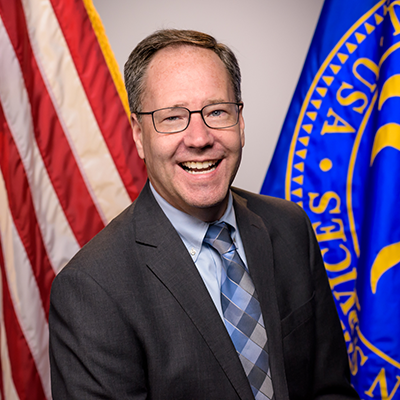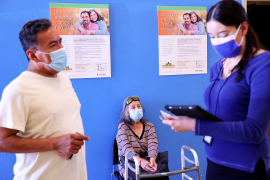
James Macrae, M.A., M.P.P., is the associate administrator of the Bureau of Primary Health Care, a division of the federal Health Resources and Services Administration that supports the nation’s 1,400 federally qualified health centers (FQHCs). In addition to disbursing the bureau’s $5.6 billion budget, Macrae oversees programs that support data measurement and partnerships among health centers to help them strengthen care. We spoke with Macrae about the potential risks and benefits as more health centers adopt alternative payment models.
Transforming Care: Do you have a rough sense of how many health centers have started on the path toward alternative payment models?
Macrae: While we don’t have a precise number, we estimate that there are probably between 50 to 100 health centers nationally that are working to more fully incorporate value-based payment into their operations, including taking on some level of downside risk. Many more are interested in doing so with appropriate safeguards in place to ensure that the health center model of care and the patient capacity that has been built under the current prospective payment system isn’t threatened by a new payment methodology. We especially don’t want to create a new payment methodology that creates any disincentives to serve some of the most vulnerable patients.
Transforming Care: Where do you expect to see the field in 10 years?
Macrae: I do believe that there will be a new value-based payment methodology established for health centers in the next 10 years, but it is going to take time to develop. We’re going to have to experiment and figure out what makes the most sense. Fundamentally, we need to first determine how best to deliver primary care for our patients and then design a payment methodology that supports and promotes this patient-centered model of care.
